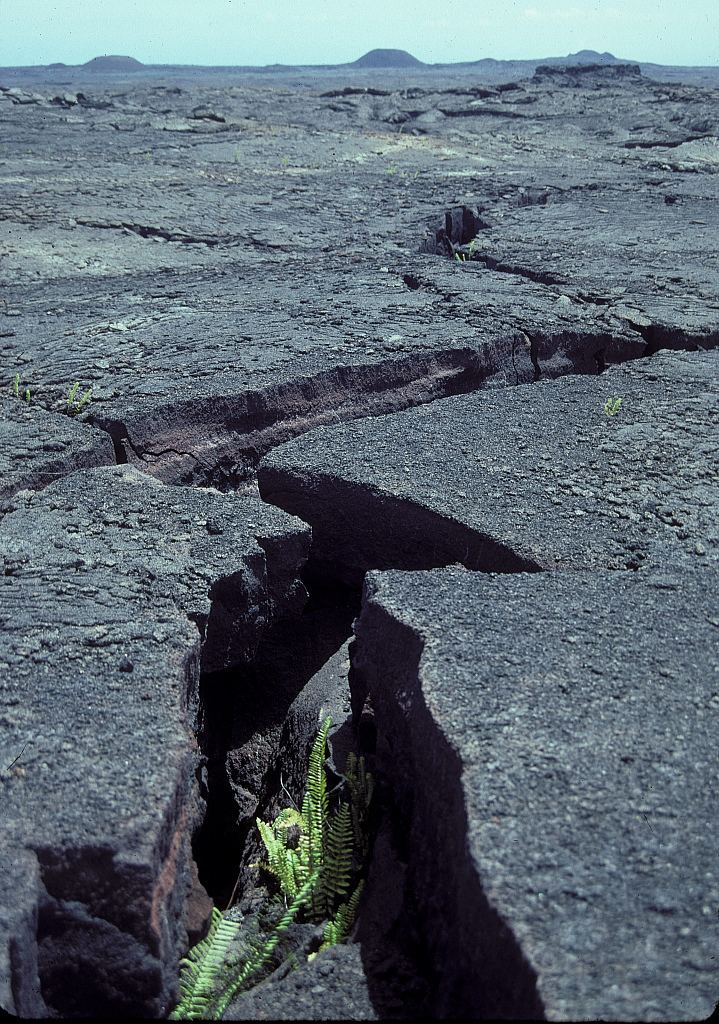 | ||
A rift zone is a feature of some volcanoes, especially shield volcanoes, in which a linear series of fissures in the volcanic edifice allows lava to be erupted from the volcano's flank instead of from its summit. For example, in the currently ongoing eruption of Kilauea in Hawaii, lava is emitted continuously from the Puʻu ʻŌʻō vent located in Kilauea's East Rift Zone roughly 15 km east of Kilauea Crater. Rift zones tend to extend for tens of kilometers radially outward from the volcanic summit. The accumulated lava of repeated eruptions from rift zones causes these volcanoes to have an elongated shape. Perhaps the best example of this is Mauna Loa, which in Hawaiian means "long mountain".
Contents
Structural origins
The origin of the fractures that comprise the rift zones is the spreading of the volcano. The more material a shield volcano accumulates, the heavier it gets, and it begins to settle due to gravity. The surface spreads and ruptures.
The reason lava often erupts from the flanks of Hawaiian volcanoes is gravity: it is easier for liquid lava, which is heavy, to flow laterally out the sides of a mountain than to be pushed up an additional several hundred or several thousand meters in elevation to be erupted from the summit. These systems of fissures that make up a rift zone allow this to happen more easily.
